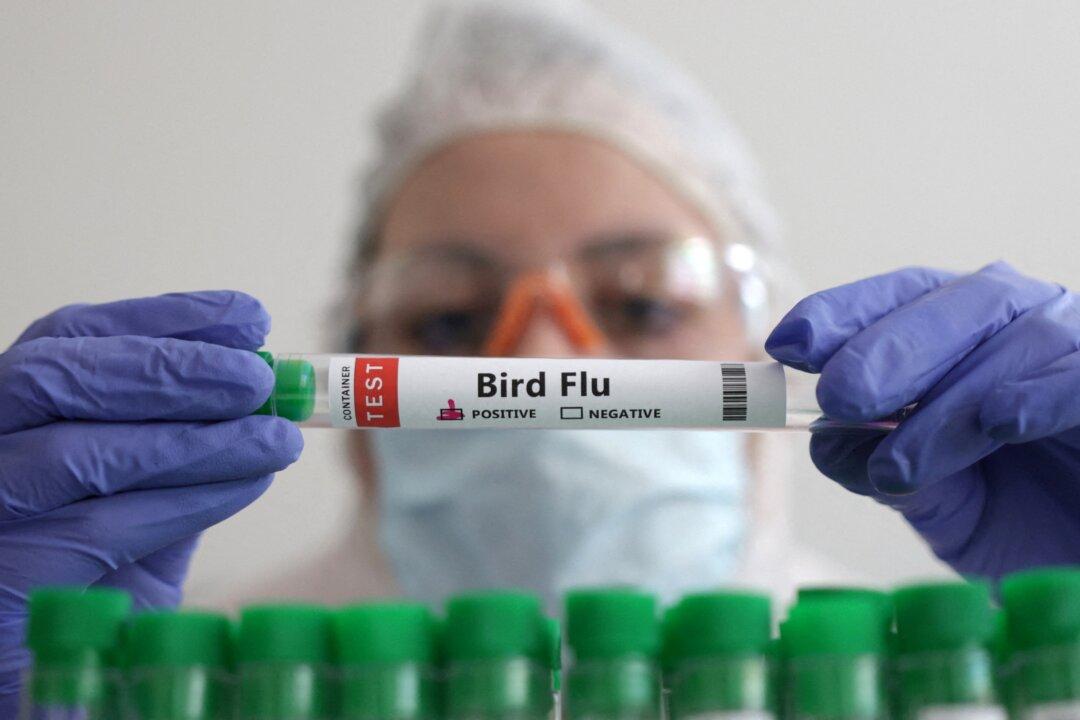A scientist at the Australian National University claims the next pandemic could be just around the corner and bird flu is a “likely candidate.”
The infectious disease physician made the comments on May 23, after the first Australian case of human bird flu H5N1 was announced and H7N3 was detected on a poultry farm in regional Victoria.





